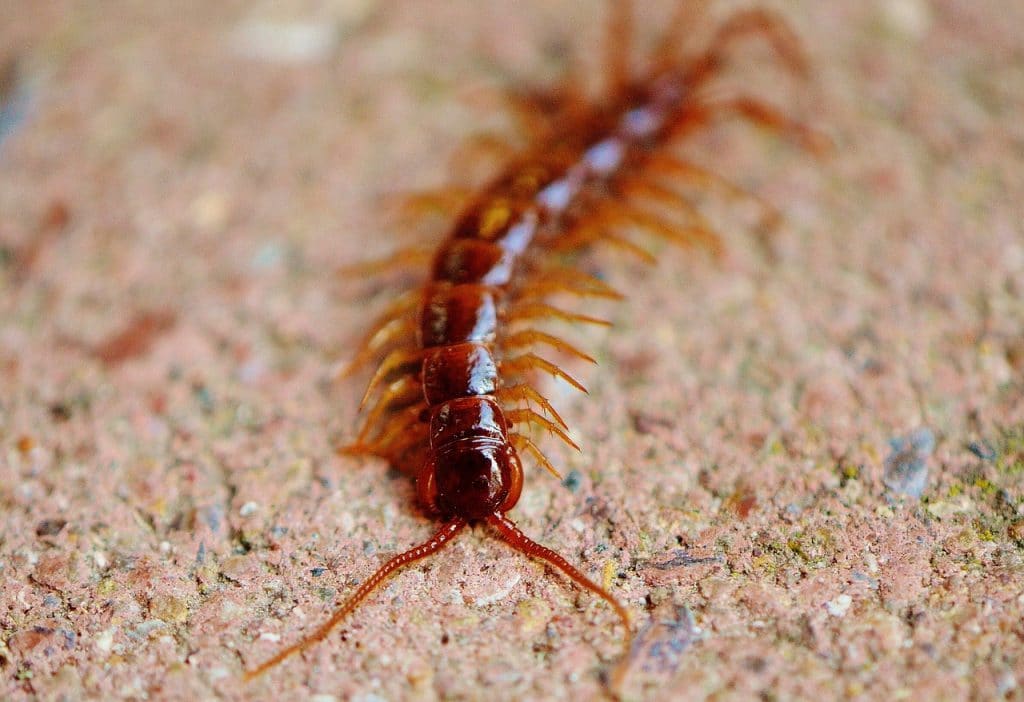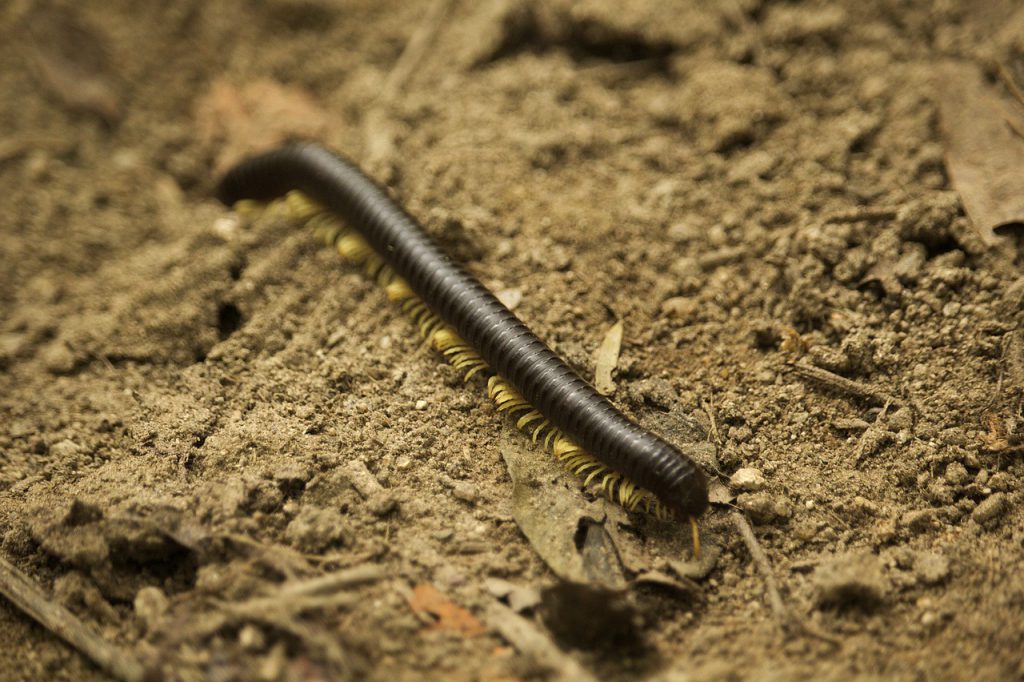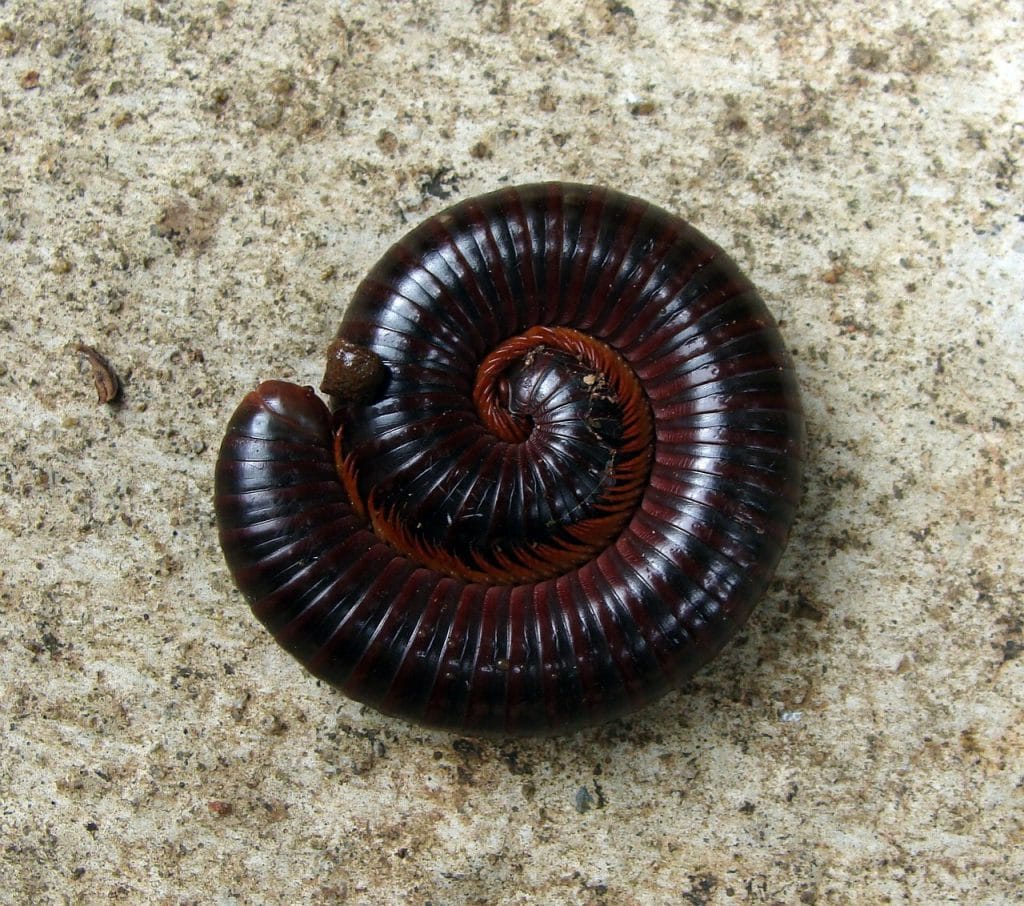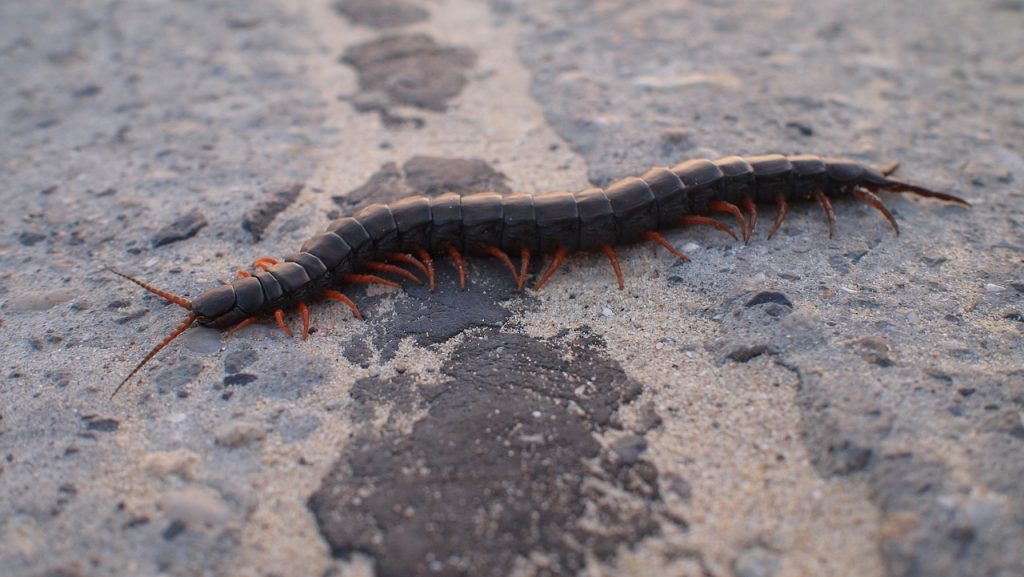
How to tell the difference and why you should know.
What has lots of legs and a segmented body? You know, it was either a millipede or a centipede. But which one was it? At first glance, it may be hard to tell to the untrained eye. But there are a few clues that will help.
The similarities between the two are undeniable. In the following paragraphs, the experts at Proactive Pest Control will clue you into the main differences and why you should know them.
Classification
Both millipedes and centipedes belong to the group Myriapoda, made of long segmented bodies with plenty of legs. They may look like insects, but in fact, they are not. Insects have three body segments and three pairs of legs. However, the millipede and the centipede have multiple legs and segments. For this reason, they are considered an arthropod.
Appearance
There are distinct differences in appearance if you know how to look.
- Millipedes have two legs per segment, while centipedes have only one set under each segment.
- A Centipede’s legs point outward, while a millipedes legs point down.
- Centipedes have a flatter body while millipedes are rounder.
- Millipedes are rigid, and centipedes are flexible.
- Both have low vision and rely on vibration and feel.
- They live in dark places, like underbrush or rocks.
- Both have spiracles to breathe through.
- Neither has reproductive organs.
- Finally, size matters.
Size is important in distinguishing the two and the type you are seeing. Since there are several types of both, the size varies a lot, but centipedes are usually the smaller. Centipedes are typically less than a half-inch long, but one type can grow to more than a foot long. Furthermore, the millipede can be tiny, at 1/10th of an inch, and some will grow to 10 inches.
Diet
Centipedes are carnivorous. They kill other arthropods with venom and eat them. Millipedes eat mostly leaves and wood that are in decomposition.
Habitat
Millipedes are mostly found in moist, forested areas. Centipedes are more likely to be found in dry areas. Both like the dark underside of stones, bark, and dark hollowed-out logs.
Behavior
A millipede will curl up in a coil when responding to a threat and emit a stinky scent. They are slow burrowers. A centipede, on the other hand, will bite and run. They are actually quite speedy, and their bite is typically not harmful to humans.
Where you need to be careful with centipedes is with very small pets, children, or those with allergies. No one wants to get bitten by anything at all. But at least a centipede bite is not fatal.
Which is it, a Millipede, or a Centipede?
After reading this guide to all things millipede and centipede, you should be able to tell which is which. Did it scurry away? If so, it is most likely a centipede. Did it curl up and play dead? That would be a millipede. Either one, you probably don’t want to handle it. The bite of a centipede is like that of a bee sting, but the millipede will make your hands stinky.
So, if you come across one, figure out what it is for fun. If you see a whole lot of them, call a pest control company like Proactive Pest Control to treat the home and yard. You don’t need to handle it because we will do it for you.
Contact the professional pest control technicians at Proactive Pest Control whenever you see insects or even arthropods.



